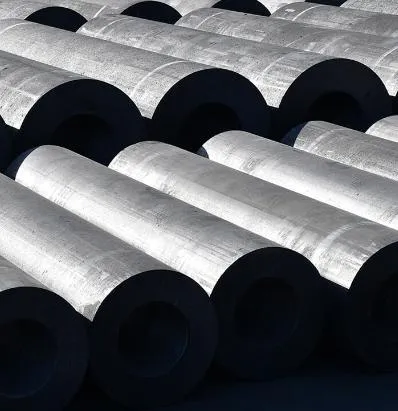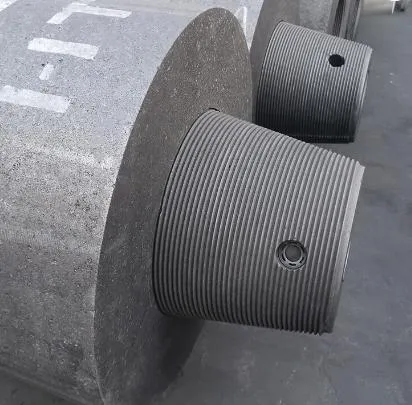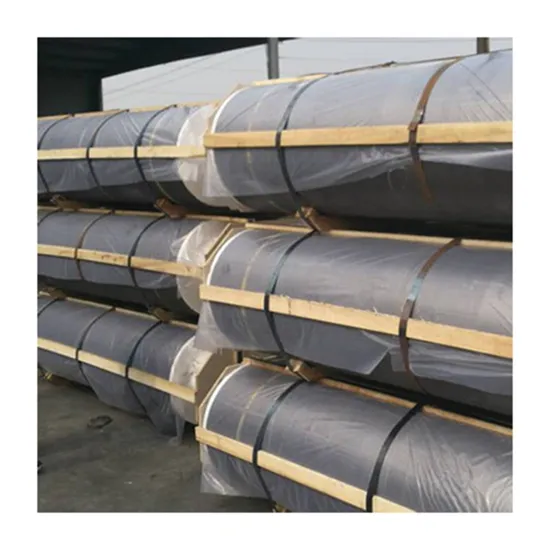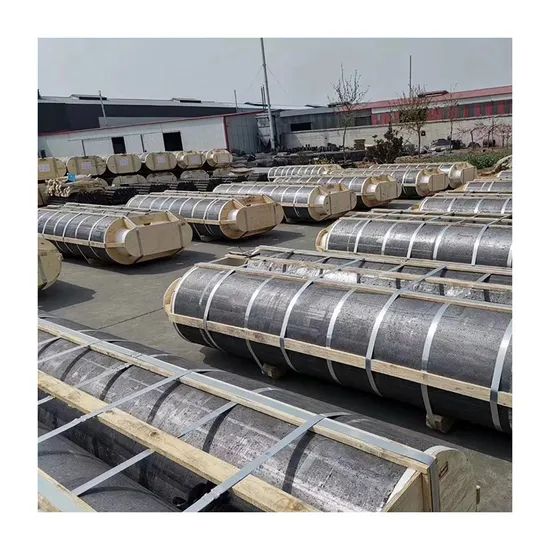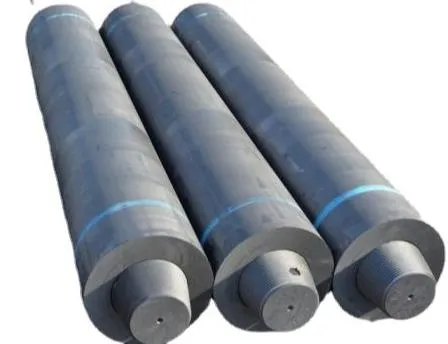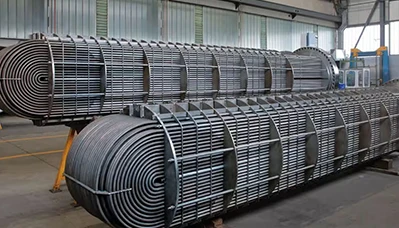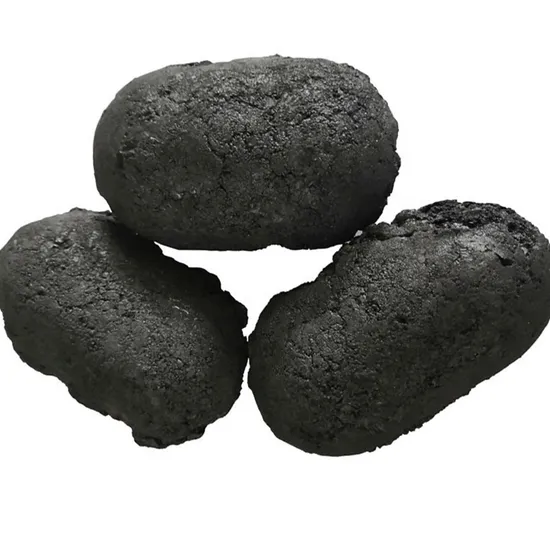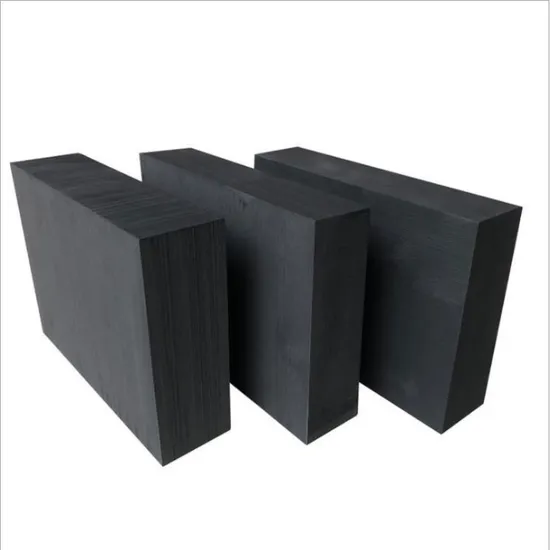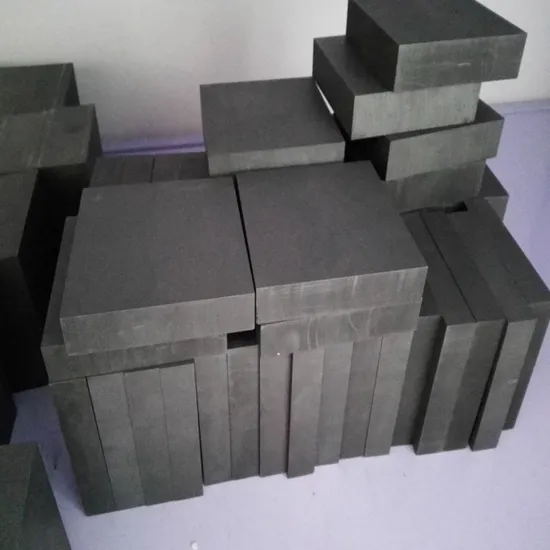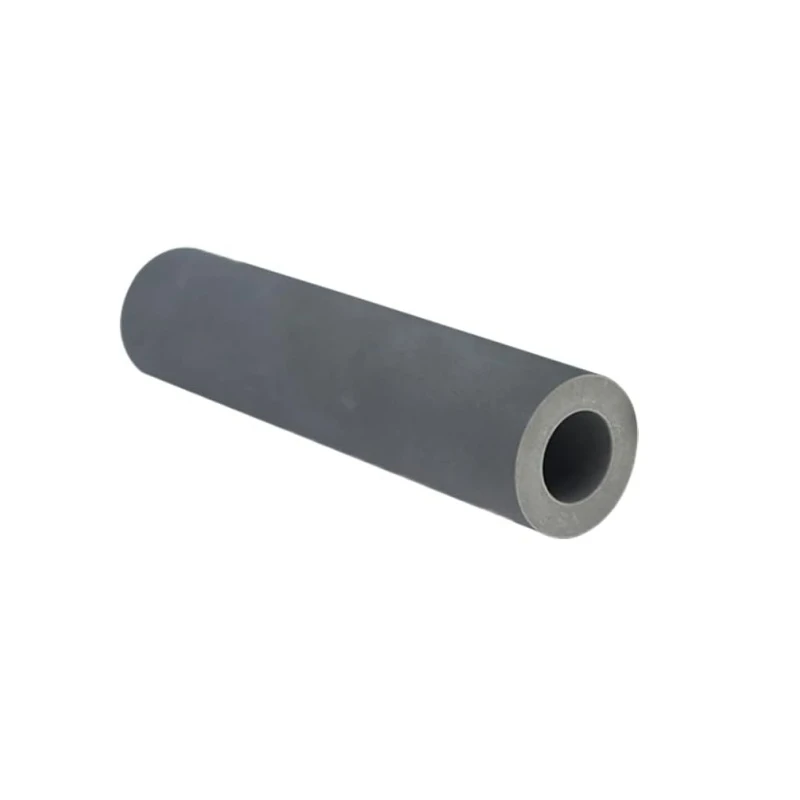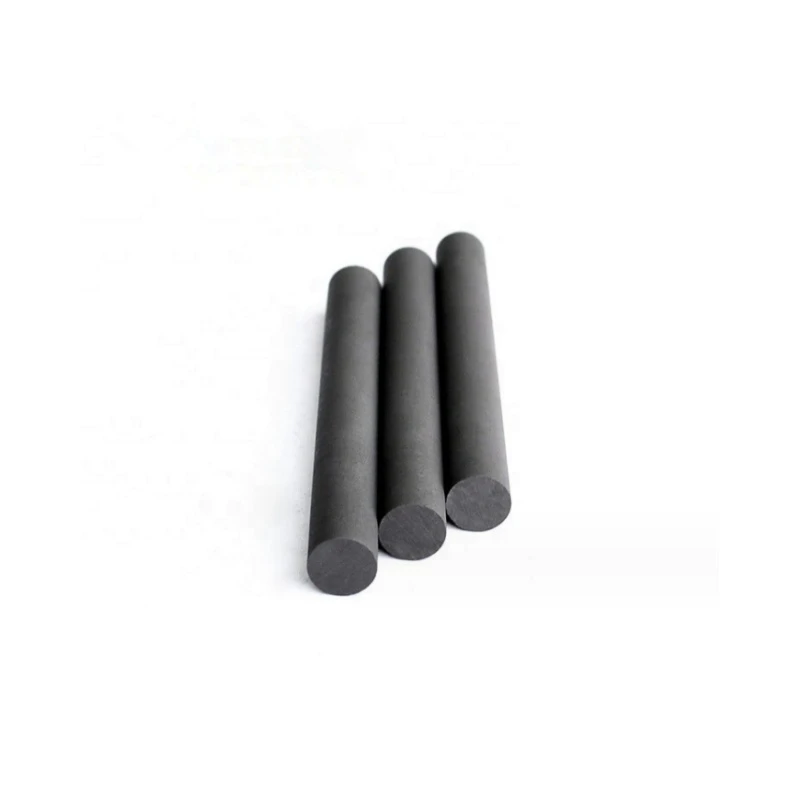- Englist


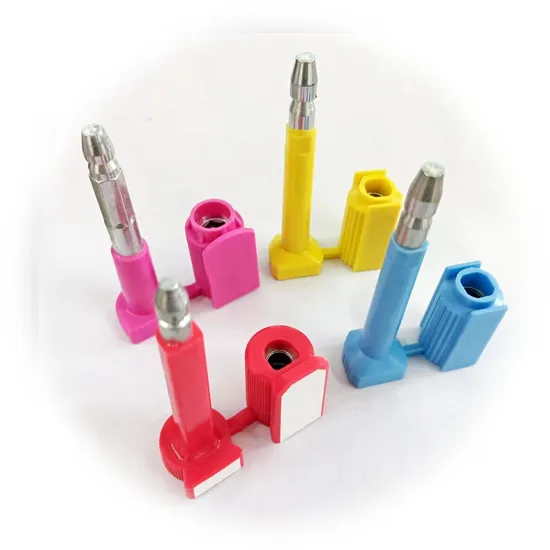
- Introduction to Conductive Graphite Solutions
- Technical Advantages of Conductive Graphite Sheets
- Comparative Analysis: Leading Graphite Sheet Suppliers
- Customized Solutions for Industry-Specific Needs
- Application Case Studies Across Key Sectors
- Future Trends in Graphite-Based Thermal Management
- Final Recommendations for Material Selection

(conductive graphite sheet)
Why Conductive Graphite Sheets Are Essential for Modern Thermal Management
Conductive graphite sheets have emerged as critical components in electronics, automotive, and aerospace industries due to their exceptional thermal conductivity (up to 1,500 W/m·K) and electrical resistance below 5 μΩ·cm. These sheets dissipate heat 40% more efficiently than traditional aluminum alloys while maintaining flexibility as thin as 0.1 mm. Global demand is projected to grow at 8.7% CAGR through 2030, driven by 5G infrastructure and electric vehicle adoption.
Superior Performance Metrics in Thermal Materials
Key technical differentiators include:
- Anisotropic thermal conductivity: 1,200-1,800 W/m·K in-plane vs. 10-20 W/m·K through-plane
- Compressive strength exceeding 50 MPa at 0.2 mm thickness
- Long-term stability across -200°C to 400°C operational ranges
Supplier Benchmarking: Technical Specifications Compared
| Supplier | Thermal Conductivity (W/m·K) | Thickness Range (mm) | Price per m² | Certifications |
|---|---|---|---|---|
| GraphiteTech | 1,750 | 0.05-3.0 | $420 | UL94 V0, ISO 9001 |
| Elkem Solutions | 1,480 | 0.1-5.0 | $380 | IATF 16949 |
| XG Sciences | 1,620 | 0.03-1.2 | $510 | NASA-STD-6001 |
Tailoring Graphite Solutions to Operational Requirements
Advanced suppliers now offer:
- Die-cut patterns with ±0.1 mm tolerance for PCB integration
- Hybrid materials combining graphite with silicone (up to 80% adhesion improvement)
- Customized thermal resistance values between 0.04-0.15 cm²·K/W
Verified Performance in Real-World Applications
A recent automotive implementation achieved:
- 22°C temperature reduction in EV battery packs
- 17% longer charge cycle lifespan
- 0.8 mm stack height vs. traditional 1.5 mm copper solutions
Innovation Roadmap for Graphite Thermal Materials
Emerging developments include:
- Nano-porous structures enhancing conductivity by 30%
- Self-adhesive variants reducing assembly time by 45%
- Recyclable composites meeting WEEE 2025 standards
Selecting Optimal Conductive Graphite Sheet Suppliers
Top-performing suppliers demonstrate:
- Minimum order quantities below 50 m² for prototyping
- 12-hour technical response guarantees
- Third-party verified ASTM E1461 testing reports

(conductive graphite sheet)
FAQS on conductive graphite sheet
Q: What are the primary applications of a conductive graphite sheet?
A: Conductive graphite sheets are widely used in electronics for heat dissipation, EMI shielding, and as flexible electrodes in batteries, sensors, and touchscreens.
Q: How does conductive graphite powder differ from a graphite sheet?
A: Conductive graphite powder is a granular material used as an additive in coatings or composites, while graphite sheets are solid, flexible layers ideal for thermal management and electrical conductivity.
Q: What should I consider when choosing a graphite sheet supplier?
A: Prioritize suppliers with certifications (e.g., ISO), customizable sheet thickness/sizes, and proven reliability in thermal/electrical performance for your industry needs.
Q: Can conductive graphite sheets be customized for specific projects?
A: Yes, many graphite sheet suppliers offer custom cuts, thicknesses, and adhesion treatments to meet unique thermal or electrical requirements.
Q: Why is thermal conductivity important in conductive graphite sheets?
A: High thermal conductivity allows graphite sheets to efficiently dissipate heat, preventing device overheating in applications like smartphones, LEDs, and power electronics.





 Pervious
Pervious
 Next
Next
